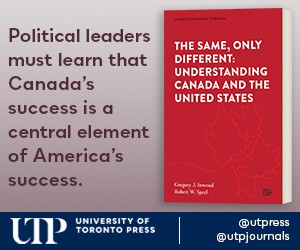The Department of National Defence yesterday said it will hire real reporters to pose fake questions in a staff training session to expose “media techniques”. The department did not comment on the cost of the fake news exercise, or identify journalists who agreed to participate.
“Journalists are required to prepare interview questions ahead of the training sessions,” the department wrote in a notice Journalists Role-Playing Professional Services: “The training requires the participation of journalists to simulate appropriate media interviews.”
Fake news training sessions are scheduled at the Defence Public Affairs Learning Centre in North York, Ont., a federal facility that trains military spokespeople and staff “in a risk-free environment to prepare for successful media engagements and interviews”. Role-Playing said full-time reporters will be paid to pose as fake reporters in workshop sessions, then critique staff on how well they perform in simulated interviews and news conferences.
“Journalists share their observations with the instructor who will provide feedback to the candidates,” wrote staff. “At the end of the session, journalists offer their observations to the training coordinator for future sessions.”
The budget was not detailed. The military did not reply to Blacklock’s questions.
Fake news workshops are intended to train military employees to “understand the media and social media environment”, learn how to “negotiate an interview”, and maneuver through pitfalls they might face in disclosing information to the public. “Recognize and respond to different types of questions and techniques used by media,” said Role-Playing.
“The contractor should use the following media techniques and types of questions that could be expected on the subject of the interview in order for the spokesperson to practice bridging techniques: the loaded question; the hypothetical question; the opinion question; the statement; and the silent treatment,” wrote staff.
“To support the training, the contractor must provide journalists that will conduct an analysis of the media landscape specific to each spokesperson’s topic, and practice interviews with the specified spokesperson using relevant, credible and challenging questions in the formats specified by the instructor,” the notice said.
The Canadian Association of Journalists, a volunteer trade association, did not comment. “It’s not just in wartime situations that reporters find themselves ‘embedded’,” the Association wrote in a 2014 report of its ethics advisory committee How Close Is Too Close? “Where is the journalist’s primary loyalty?” said the report. “What would the public think?”; “Applying any one of these tests might raise a red flag.”
By Staff 







